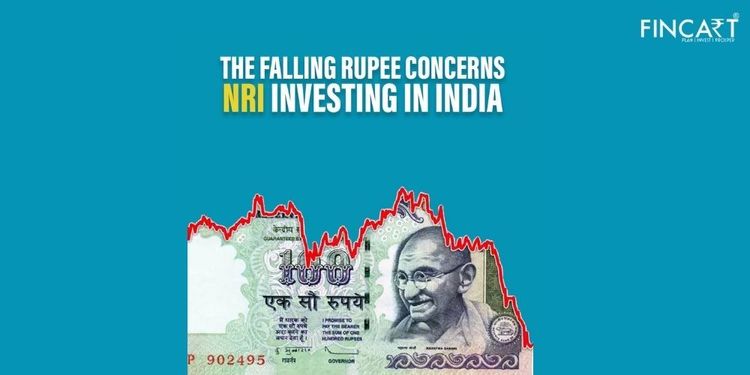Table of Contents
ToggleTwenty years ago, the Rupee to a Dollar was at 45.98 (1USD = INR 45.98); the same today stands at INR 73.376 (1USD = INR 73.376). Dollar has just been used as a proxy to other currencies.
To put simply if an NRI invested 100,000 USD, the converted value in INR would have been 45,98,000 (Forty-five Lac and ninety-eight Thousand) on September 1, 2000. After a period of 20 years, if he simply repatriates the money (to convey the point, let us assume zero return on investments) then the amount of INR 45.98 Lacs converted back at INR 73.376 to a dollar would convert to USD 62,664.
It’s true that the rupee has depreciated when compared to the dollar over a period of time, however let us evaluate the extent of the rupee depreciation over various time horizon.
Does investing in India make sense against depreciating rupee?
Using the earlier example if an NRI invested USD 100,000 on 1 September 2000 converting at INR 45.98 a dollar. The investment amount would have been INR 45.98 Lacs. Assume the money was invested in Nifty 50 Index on 1 September 2000.
Nifty on 1 September 2000 was at 1394.10, although the rupee depreciated yet the compounded annual growth Nifty return (in dollar terms) after factoring the depreciation was around 8.55% per annum, over the last 20 years. The dollar denominated compounded annual growth rate of Nifty 50 over 5 years, 10 years and 15 years have been 12.54%, 16.13% and 9.69% respectively.
Conclusion
Despite the rupee depreciation, an investment of USD 100,000 would have become USD 515,577 (more than half a million); investments in the Indian stock market yielded significant returns across various time horizon. Follow the next article factoring in the tax impact.




